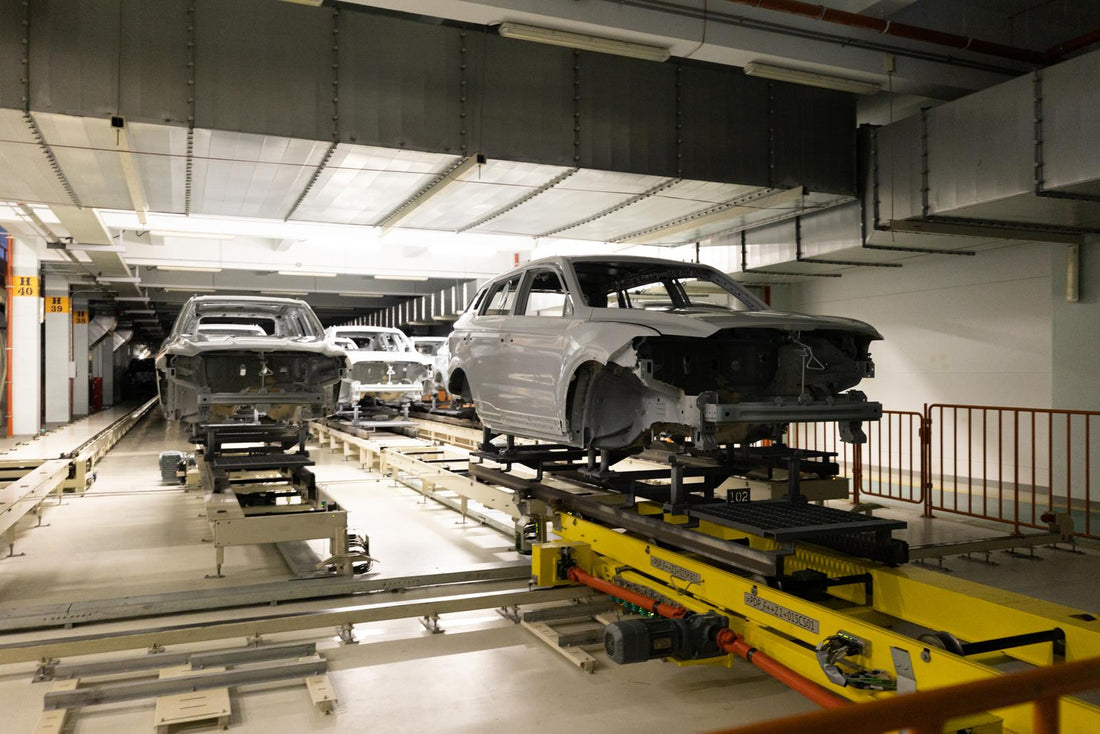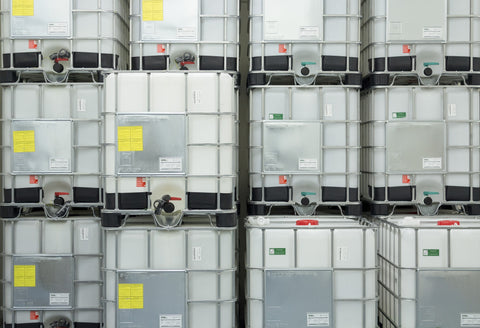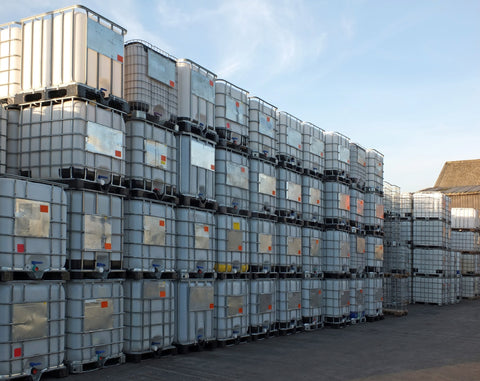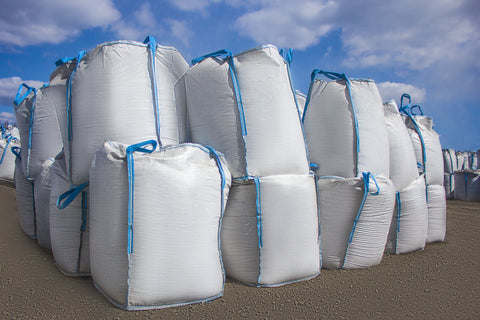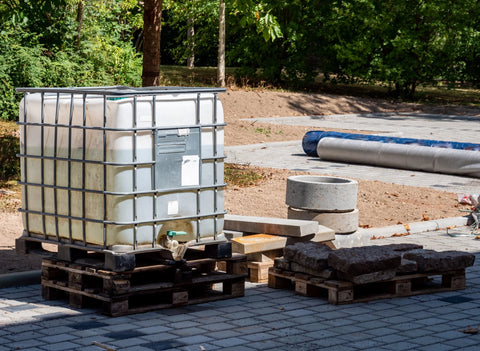A Flawless Finish with Powder Coating
Powder coating is a widely used method in various industries, including automotive, manufacturing, and construction. Understanding the importance of powder coat temperature is crucial for achieving a perfect finish. Whether you're looking to provide corrosion resistance or effective thermal protection, the right temperature is key.
The Fundamentals of Powder Coating
Powder coating, a process that involves applying a dry powder to a surface, is known for its durability and versatility. The powder coating process relies on the right temperature for success. During this method, a finely ground powder is sprayed onto a substrate, and the application is then baked in an oven where the powder melts and creates a permanent layer.
Factors Affecting Powder Coating Quality
Achieving the perfect finish with powder coating requires a deep understanding of temperature control. Among the various considerations, the choice of the right temperature range is paramount. In certain applications where extreme conditions prevail, such as industrial equipment or automotive components exposed to intense heat, high-temperature powder coating is the hero of the hour.
When you opt for high-temperature powder coatings, you choose a formulation designed to withstand the most demanding environments. These coatings are engineered to provide surface heat protection by forming a robust, heat-resistant layer shielding the underlying substrate from the harshest thermal challenges.
However, achieving success with high-temperature powder coating isn't just about cranking up the heat. It's a delicate balance, much like baking the perfect cake. Too hot, and you risk complications, such as the coated surface releasing particles or an uneven finish. Too cold, and the coating might not cure powder coating effectively, compromising its performance in the long run.
To master the art of high-temperature powder coatings, you must carefully consider the specific temperature range recommended for your project. It's essential to follow manufacturer guidelines and industry best practices to ensure that your coatings provide not only surface heat protection but also lasting durability under the most challenging conditions.

As we journey deeper into the realm of powder coating, you'll discover how to navigate the intricacies of temperature control to unlock the full potential of your finishes.
Optimal Temperature for Powder Coating
The ideal temperature for powder coating is the sweet spot for achieving a flawless finish. It's essential to choose the right temperature for your specific application. For instance, high-temperature powder coatings are specially formulated to endure extreme heat, providing effective heat resistance even in the harshest environments.
Importance of Preheating
Preheating, a step in the powder coating process, promotes adhesion and flow. Gently warming the substrate before applying the powder creates an ideal environment for the powder to bond effectively. This step is particularly crucial when dealing with complex shapes and materials that require sufficient heat resistance to perform under demanding conditions.
Factors to Consider in Temperature Control
Maintaining a consistent temperature throughout the process is critical. Factors like maximum temperature and temperature range should be carefully monitored and controlled. Depending on your project, you may need to use thermoplastic powders that harden at specific temperatures, ensuring a precise and reliable finish.
Powder Coating Temperature Ranges
Different types of powder coatings require specific temperature ranges. High-temperature powder coatings are used in applications where extreme heat protection is needed. On the other hand, ambient temperature applications may be suitable for less demanding environments. Understanding these variations is essential for achieving the desired results.
Monitoring and Adjusting Temperature
During the curing process, monitoring and adjusting the temperature is essential to ensure that the powder coatings are applied correctly. A curing oven with precise controls can help maintain the optimal temperature, guaranteeing that the final product meets the requirements.
Common Temperature-Related Issues
Temperature variations can lead to problems, such as poor adhesion or insufficient heat resistance. It's not uncommon for powder coatings to release particles or experience issues with the coated surface when temperatures are not adequately controlled. Addressing these challenges is crucial for effectively achieving a finish that can withstand high temperatures.
Safety Precautions
When working with high temperatures, safety is paramount. Using the right heat protection gear and adhering to safety guidelines will prevent accidents. In addition to protecting yourself, proper safety measures ensure the finished product's longevity and quality, providing peace of mind in all your powder coating endeavors.
Paving the Way for Perfect Powder Coating
In conclusion, achieving the perfect finish with powder coating depends on understanding and controlling the temperature of powder coating. The right temperature is key whether you're looking for effective thermal protection or corrosion resistance. You can achieve outstanding results in various industries by mastering temperature control and choosing the appropriate heat-resistant powder coatings.


